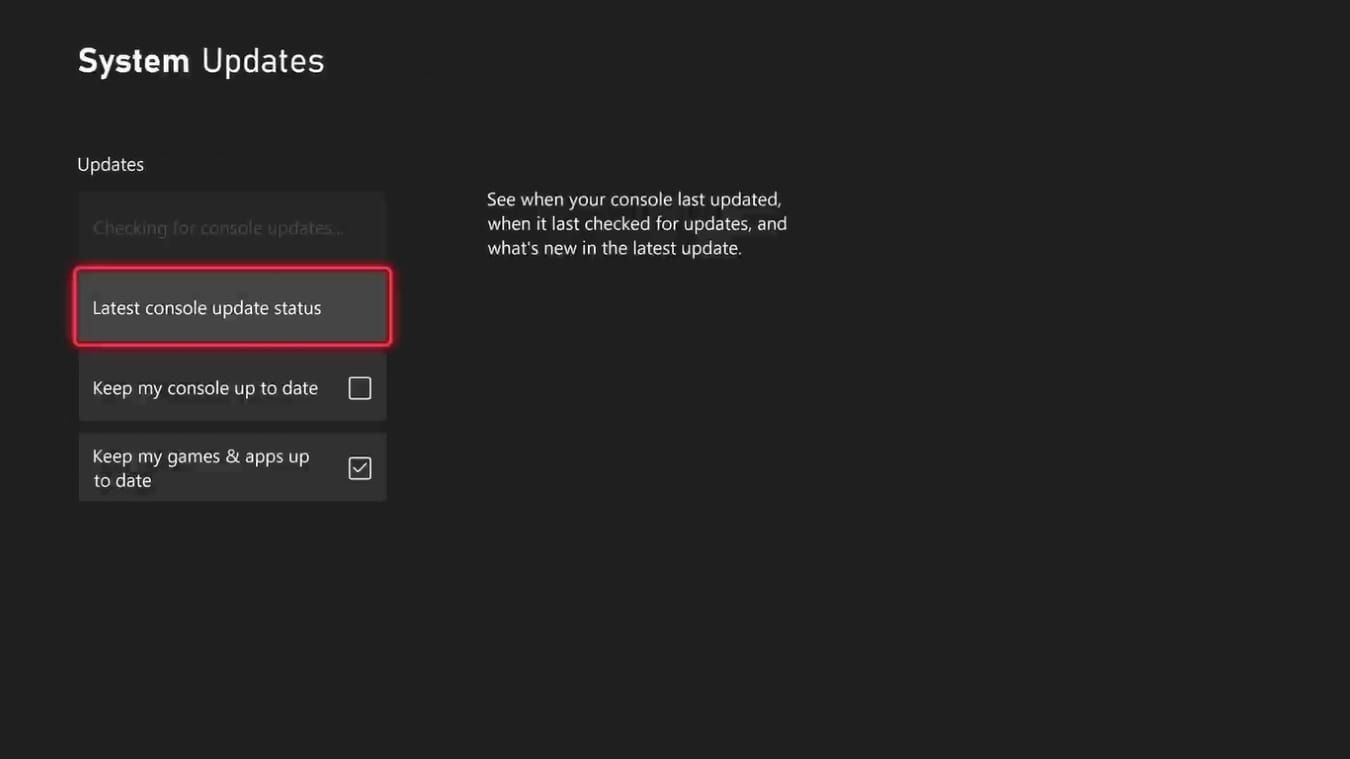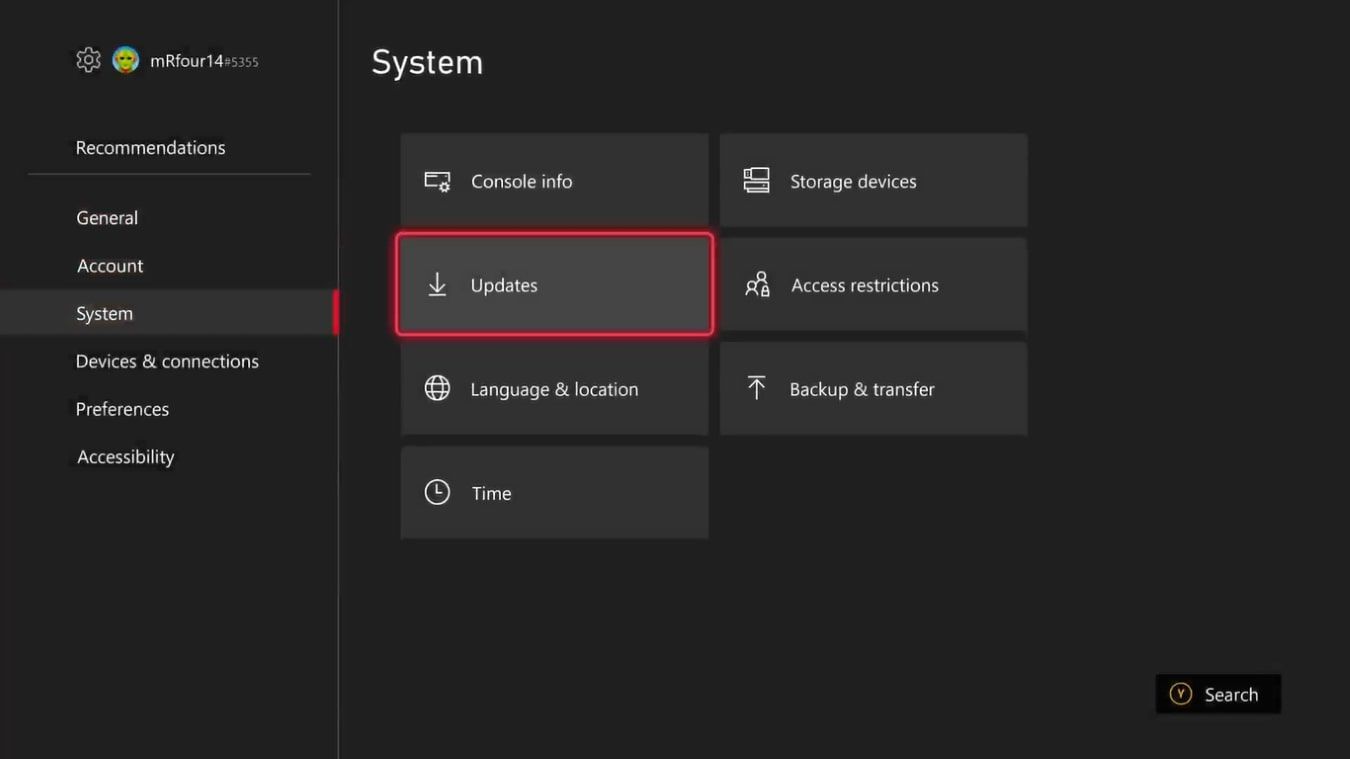
The Evolving Landscape of Console Updates: From Patches to Platform Overhauls
Console gaming has come a long way from the plug-and-play simplicity of its early days. The days of popping in a cartridge and immediately immersing yourself in a pre-determined experience are largely gone, replaced by a constantly evolving ecosystem fueled by regular updates. These updates, delivered digitally, have become an integral part of the modern console experience, impacting everything from game performance and stability to platform features and online services. Understanding the history, purpose, and future of console updates is crucial to appreciating the complexity and potential of modern gaming.
A History of Iteration: The Evolution of the Console Update
The concept of updating software isn’t new, but its application to consoles has undergone a significant transformation. Early consoles, reliant on ROM cartridges, were essentially frozen in time. Any bugs, glitches, or imbalances were baked into the game, forever part of the experience. While arcade cabinets sometimes received board replacements to address issues or add features, this was a rare and expensive undertaking.
The advent of optical media, specifically CDs and later DVDs, offered a glimmer of hope for post-release fixes. However, the process was still cumbersome. Patches, if they existed at all, often required purchasing a separate disc or relying on printed cheat codes to circumvent problems. The online capabilities of the Dreamcast marked a turning point, allowing for rudimentary game updates to be downloaded. However, these were limited in scope and primarily focused on addressing critical issues.
The true revolution came with the Xbox and PlayStation 2, which introduced hard drives and broadband internet connectivity to the mainstream console experience. This opened the door to a new era of downloadable content (DLC) and, crucially, system software updates. Initially, these updates were relatively infrequent and focused on essential fixes and minor feature additions.
The Xbox 360 and PlayStation 3 further solidified the importance of console updates. The introduction of online marketplaces like Xbox Live Marketplace and PlayStation Network allowed for seamless distribution of patches, DLC, and even entire games. Console manufacturers began to push out regular updates to improve system performance, add new features like party chat and digital storefronts, and address security vulnerabilities. These updates also allowed for the expansion of online services, including improved matchmaking, cloud storage, and cross-game communication.
The current generation of consoles, the PlayStation 5 and Xbox Series X/S, represents the culmination of this evolution. Console updates are now a near-constant presence, delivering a steady stream of improvements and new features. The focus has shifted from simply fixing bugs to enhancing the overall user experience, optimizing game performance, and expanding the functionality of the console itself.
The Many Faces of Console Updates: Purpose and Functionality
Console updates serve a multitude of purposes, ranging from essential fixes to transformative enhancements. Understanding these different categories helps to appreciate the complexity and importance of the update process.
-
Bug Fixes and Stability Improvements: This is perhaps the most fundamental purpose of console updates. Software, no matter how meticulously tested, is rarely perfect. Bugs, glitches, and stability issues inevitably slip through the cracks. Updates provide the means to address these problems, improving the overall reliability and stability of the console and its software. This includes fixing game-breaking errors, resolving graphical glitches, and improving network connectivity.
-
Performance Optimization: Consoles, even the most powerful ones, have limitations. Updates can be used to optimize system performance, improving frame rates, reducing loading times, and enhancing the overall responsiveness of games. This is particularly important for demanding titles that push the hardware to its limits. Developers can use updates to fine-tune their games, ensuring a smoother and more enjoyable experience for players.
-
Security Enhancements: Consoles are increasingly connected to the internet, making them vulnerable to security threats. Updates are crucial for patching security vulnerabilities, protecting user data, and preventing unauthorized access to the system. This includes addressing potential exploits that could be used to compromise the console or steal personal information.
-
New Features and Functionality: Console updates are not just about fixing problems; they also provide a platform for adding new features and expanding the functionality of the console. This can include anything from new accessibility options and UI improvements to support for new accessories and streaming services. These updates help to keep the console fresh and relevant, ensuring that it continues to meet the evolving needs of gamers.
-
Content Updates and DLC Support: Updates are essential for delivering new content and supporting downloadable content (DLC) for games. This allows developers to add new levels, characters, weapons, and other features to their games after release, extending their lifespan and providing players with fresh experiences. Updates ensure compatibility with DLC and address any issues that may arise from its integration into the game.
-
System-Level Improvements: Beyond game-specific patches, console updates often include system-level improvements that benefit all users. These can include enhanced network performance, improved audio and video output, and optimized power management. These improvements contribute to a more polished and seamless overall user experience.
The Impact on Gaming: A Double-Edged Sword
The ubiquity of console updates has had a profound impact on the gaming landscape, both positive and negative.
Positive Impacts:
- Improved Game Quality: Updates have empowered developers to address bugs and glitches after release, resulting in a higher overall quality of games. Issues that would have been permanent in the past can now be quickly and efficiently resolved.
- Extended Game Lifespans: Updates allow developers to add new content and features to their games, extending their lifespan and providing players with more value for their money. Games that might have been abandoned in the past can now be continuously improved and expanded.
- Enhanced User Experience: Console updates have consistently improved the user experience, adding new features, optimizing performance, and enhancing accessibility. This has made consoles more user-friendly and enjoyable for a wider range of players.
- Increased Security: Regular security updates have helped to protect consoles from security threats, safeguarding user data and preventing unauthorized access. This is particularly important in an increasingly connected world.
- Evolution of Game Design: The ability to patch games has allowed developers to experiment with new ideas and designs, knowing that they can always address any issues that arise. This has fostered innovation and creativity in the gaming industry.
Negative Impacts:
- Day-One Patches: The expectation of updates has led to the rise of "day-one patches," which are large updates that must be downloaded before a game can be played. This can be frustrating for players who are eager to jump into a new game, especially those with slow internet connections.
- Reliance on Patches: Some developers may release unfinished or buggy games, relying on patches to fix them later. This can lead to a perception that games are no longer being released in a complete and polished state.
- Potential for Regression: Updates, while generally beneficial, can sometimes introduce new bugs or problems. This is particularly frustrating when an update fixes one issue but creates another.
- Data Usage and Storage Requirements: Large console updates can consume significant amounts of data and storage space. This can be a problem for players with limited internet bandwidth or small hard drives.
- Loss of Historical Artifacts: The constant patching of games can lead to the loss of historical artifacts. The original, unpatched versions of games are often difficult or impossible to access, preventing players from experiencing the game as it was originally intended.
The Future of Console Updates: What Lies Ahead?
The evolution of console updates is far from over. Several trends suggest where the future of this crucial aspect of gaming might be headed.
- Increased Frequency and Size: As games become more complex and consoles become more powerful, we can expect updates to become even more frequent and larger in size. This will require faster internet connections and larger storage capacities.
- AI-Powered Optimization: Artificial intelligence (AI) could play a significant role in the future of console updates. AI could be used to automatically identify and fix bugs, optimize performance, and personalize the gaming experience.
- Cloud-Based Updates: Cloud gaming platforms may offer a new approach to console updates. Games could be updated in the cloud, eliminating the need for players to download and install patches on their consoles.
- Modular Updates: Modular updates could allow players to choose which updates they want to install, giving them more control over their gaming experience. This could be particularly useful for players who are concerned about data usage or storage space.
- More Granular Control: Players may gain more granular control over updates, allowing them to roll back to previous versions if an update introduces problems. This would provide a safety net for players who are concerned about the potential for negative consequences.
- Integration with User Feedback: Console manufacturers and developers may increasingly integrate user feedback into the update process. This could involve collecting data on player behavior, monitoring online forums, and soliciting feedback directly from players.
In conclusion, console updates have transformed the gaming landscape, evolving from infrequent bug fixes to a constant stream of improvements and new features. While the impact of updates has been largely positive, it has also brought challenges. As technology continues to advance, the future of console updates promises to be even more dynamic and transformative, shaping the way we play and experience games for years to come. Understanding the history, purpose, and potential of console updates is crucial to appreciating the complexity and potential of modern gaming.

